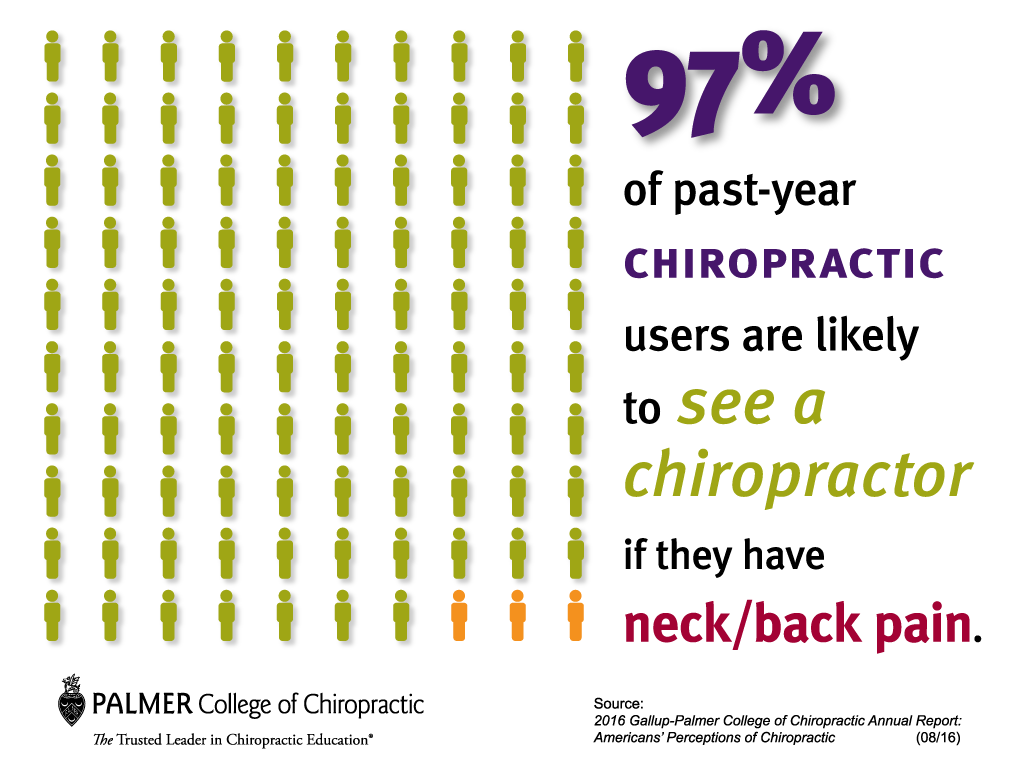Dental Braces Yourself For An Exploration Right Into The Exciting Mobile Interactions Of Cold Laser Treatment And Its Use Of Light As A Healing System. Take A Much Deeper Dive Into The Clinical Aspects!
Dental Braces Yourself For An Exploration Right Into The Exciting Mobile Interactions Of Cold Laser Treatment And Its Use Of Light As A Healing System. Take A Much Deeper Dive Into The Clinical Aspects!
Blog Article
Content Create By-Castro Peters
You may have come across cold laser therapy as a promising treatment choice for numerous problems, but have you ever questioned how it actually works with a cellular level? Recognizing the devices behind this treatment can clarify its efficiency in promoting recovery and reducing inflammation. By exploring the scientific research behind cold laser therapy, you'll gain understandings right into the fascinating methods which light can influence cellular processes and help with cells repair.
Just How Cold Laser Therapy Works
To understand just how cold laser therapy works, you need to realize the basic concepts of exactly how light energy connects with organic cells. Cold laser treatment, also referred to as low-level laser therapy (LLLT), makes use of particular wavelengths of light to pass through the skin and target underlying tissues. Unlike the intense lasers made use of in surgical procedures, cold lasers emit reduced degrees of light that do not create heat or create damages to the tissues.
When these gentle light waves reach the cells, they're absorbed by elements called chromophores, such as cytochrome c oxidase in mitochondria. This absorption triggers a collection of biological responses, including increased mobile power manufacturing and the release of nitric oxide, which boosts blood flow and minimizes inflammation.
Additionally, the light power can also boost the production of adenosine triphosphate (ATP), the power money of cells, assisting in cellular repair service and regeneration procedures.
Basically, cold laser therapy takes advantage of the power of light power to promote healing and alleviate discomfort in a non-invasive and mild fashion.
Systems of Action
How does cold laser treatment in fact work to create its healing impacts on biological tissues?
https://chiropractor-spinal-adjus95062.blogproducer.com/36753544/cold-laser-therapy-a-revolutionary-strategy-to-discomfort-monitoring-and-rehab , additionally called low-level laser treatment (LLLT), operates with a procedure called photobiomodulation. When the cold laser is related to the skin, the light power passes through the tissues and is absorbed by chromophores within the cells.
https://goodchiropractornearme51739.tusblogos.com/30274905/the-advancement-of-pain-monitoring-and-recovery-cold-laser-treatment , such as cytochrome c oxidase in the mitochondria, are after that promoted by the light power, leading to a waterfall of biological reactions. One crucial device of action is the improvement of mobile metabolic process.
The soaked up light power boosts ATP manufacturing in the mitochondria, which is vital for mobile feature and fixing. Additionally, cold laser therapy assists to minimize swelling by preventing inflammatory arbitrators and advertising the launch of anti-inflammatory cytokines.
This anti-inflammatory result adds to pain relief and tissue healing.
Healing Effects
Comprehending the healing impacts of cold laser treatment entails acknowledging how the boosted mobile metabolism and anti-inflammatory properties add to its positive outcomes on organic tissues.
When the cold laser is related to the afflicted area, it boosts the mitochondria within the cells, bring about raised production of adenosine triphosphate (ATP), which is crucial for cellular feature and repair work. This boost in mobile power accelerates the recovery process by advertising cells regrowth and reducing swelling.
Furthermore, the anti-inflammatory properties of cold laser therapy help to reduce discomfort and swelling in the targeted location. By inhibiting cool laser therapy and advertising the release of anti-inflammatory cytokines, cold laser therapy aids in minimizing pain and boosting the general recovery action.
This decrease in inflammation not just provides immediate relief yet additionally sustains long-lasting tissue repair work.
Final thought
Finally, cold laser therapy functions by stimulating mobile repair work and cells regeneration via photobiomodulation. Its anti-inflammatory properties offer discomfort alleviation and lower swelling by inhibiting inflammatory moderators.
This therapy uses a comprehensive approach to recovery, supplying both prompt relief and lasting cells repair service advantages.
Via its mechanisms of activity, cold laser treatment confirms to be an efficient and encouraging treatment choice for a range of conditions.
